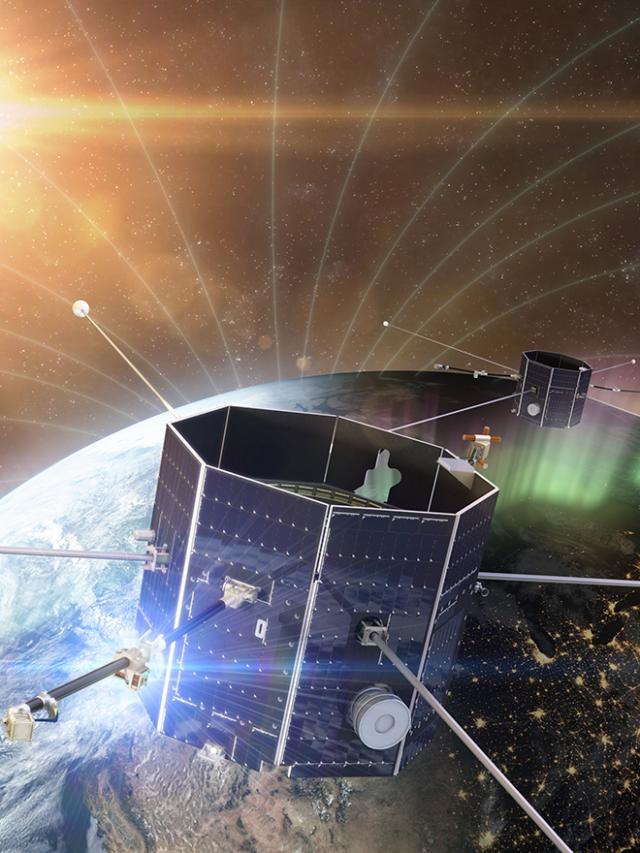NASA's TRACERS Satellites Set to Enhance Space Weather Monitoring

NASA plans to launch its Tandem Reconnection and Cusp Electrodynamics Reconnaissance Satellites (TRACERS) into low-Earth orbit to enhance monitoring of space weather phenomena, particularly solar storms. The mission, expected to launch no earlier than late July 2025, aims to provide critical insights into how solar activity affects the Earth's atmosphere and infrastructure.
The twin satellites will operate in a sun-synchronous orbit, constantly monitoring the dayside of Earth and passing through the polar cusps—two openings in the Earth's magnetosphere where magnetic field lines dip down to the poles. When solar winds interact with these magnetic field lines, they can cause magnetic reconnection, a process that releases energy and directs charged particles into Earth's atmosphere. This interaction can lead to auroras and, more critically, can disrupt satellite communications and power grids.
According to Joe Westlake, Director of NASA's Heliophysics Division, “What we'll learn from TRACERS is critical for understanding, and eventually predicting, how energy from our sun impacts not only the Earth but also our space- and ground-based assets, whether it be GPS or communications signals.” This highlights the mission's importance in safeguarding technological infrastructure against the potentially damaging effects of solar storms.
Historically, satellites have struggled to capture the dynamic nature of magnetic reconnection due to their inability to provide continuous monitoring. David Miles, principal investigator for TRACERS and a researcher at the University of Iowa, explains, “When a satellite flies through the region of reconnection and captures data, it only sees a snapshot. In the time it orbits back, the region may have changed.” The unique design of the TRACERS mission, with two satellites closely following each other, will overcome this limitation by providing closely spaced measurements in real-time, allowing scientists to analyze the magnetic and electric field strengths during these events.
In addition to TRACERS, the mission will complement existing projects such as NASA's Magnetospheric Multiscale Mission (MMM) and the Electrojet Zeeman Imaging Explorer (EZIE), which monitor solar interactions with Earth from various perspectives. The collaborative nature of these missions is poised to enhance our collective understanding of heliophysics—an interdisciplinary field that studies the sun and its interactions with planetary systems.
The TRACERS mission, with a budget of $170 million, is part of NASA's broader strategy to improve space weather forecasting and mitigate the impacts of solar storms on critical infrastructure. The potential economic implications are significant, as solar storms can cause extensive damage to power grids and communication systems. A recent study published in the Journal of Space Weather and Space Climate indicated that severe solar storm events could cost the U.S. economy between $1 to $2 trillion in damages, emphasizing the urgency of improving forecasting capabilities.
In summary, the TRACERS mission represents a significant advance in our ability to monitor and understand space weather phenomena. By facilitating more accurate predictions of solar storm impacts, NASA aims to protect both terrestrial and space-based technologies, ensuring the safety and reliability of global communication and power systems. Understanding the complexities of magnetic reconnection through this innovative dual-satellite approach may ultimately safeguard modern infrastructure from the unpredictable forces of space weather.
Advertisement
Tags
Advertisement





